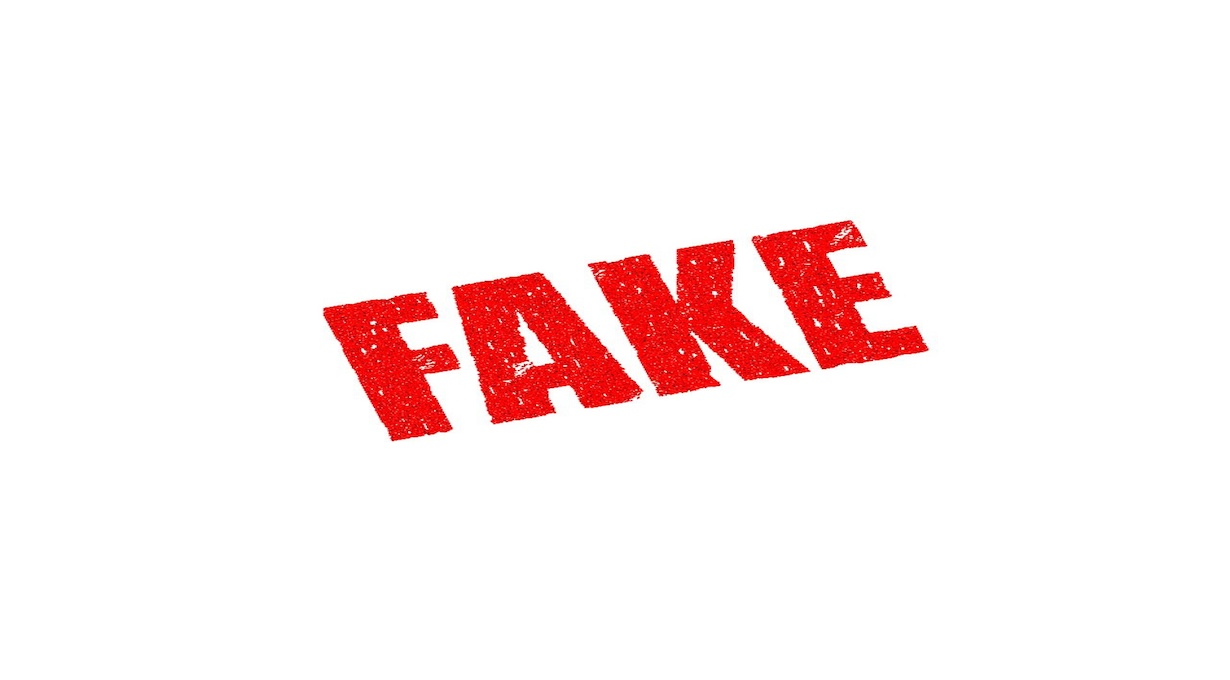Brand Abuse Techniques and Prevention Tools

A recent Phishers' Favorites Report 2023 by Vade Secure indicates a significant rise in brand impersonation attempts in 2023. It finds that The financial services industry remains the most impersonated sector, with social media making a leap. The financial sector is a prime target for brand abuse due to the high level of trust it holds, the potential for lucrative scams, and the access to sensitive data. The complexity of financial products and the regulatory landscape further complicate efforts to combat brand abuse in this sector.
What is Brand Abuse?
The internet, a vast digital landscape brimming with opportunities, has unfortunately become a breeding ground for a malicious practice: brand abuse.
This deceptive tactic involves the unauthorized use of a brand's name, logo, or other intellectual property to mislead consumers and generate illicit profits.
From creating fake websites and social media profiles mimicking legitimate brands to developing fraudulent apps that exploit trust, brand abuse poses a significant threat to both businesses and consumers.
Common Brand Abuse Techniques
Criminals are increasingly resorting to brand abuse, where they misuse a company's trademarks, logos, or even impersonate the brand entirely. This deceptive practice not only harms consumers but can also put a company's legal standing at risk if fraudulent activities are conducted under their name.
Common techniques include:
Fake websites and online stores
Deceptive websites are meticulously crafted to resemble legitimate brand websites, often using similar domain names and logos. These sites lure unsuspecting consumers into purchasing counterfeit products, paying for non-existent services, or disclosing personal information that can be used for identity theft.
Social media impersonation
Brand abusers create fake social media profiles that mimic established brands. They may use similar usernames, profile pictures, and even post stolen content from the genuine brand's pages. These fake profiles then attempt to interact with consumers, often through direct messages, to spread misinformation, solicit money, or promote scams.
Phishing scams
Brand abusers send emails or text messages that appear to be from a trusted brand. These phishing attempts often use scare tactics or promises of exclusive deals to trick recipients into clicking malicious links or divulging sensitive information like passwords or credit card details. Malicious mobile apps Fake mobile apps designed to look and function like legitimate brand applications are a growing concern. These apps can steal user data, bombard users with intrusive advertising, or even contain malware that can harm devices.

Brand Abuse Consequences
The consequences of brand abuse are far-reaching.
Financially, it can lead to significant losses for consumers who fall victim to scams and purchase counterfeit products. Additionally, brand abuse can erode consumer trust in legitimate brands, making them hesitant to shop online or engage with unfamiliar companies.
This can have a devastating impact on a brand's reputation and customer base.
Beyond financial losses, brand abuse can also damage a brand's image and reputation.
When consumers encounter negative experiences through fake websites or social media profiles, they may associate those experiences with the real brand. This can lead to negative word-of-mouth marketing and a decline in brand loyalty.
How to Prevent Brand Abuse?
Trademark and Intellectual Property (IP) Security
This is the foundation. Register your trademarks, logos, slogans, and any other unique brand elements with the appropriate authorities. This establishes ownership and legal grounds for action against infringers.
Regular monitoring of online presence
Develop a robust website and social media presence that accurately reflects your brand identity. This makes it easier for consumers to identify legitimate channels and products associated with your brand.
Implementing brand monitoring tools to track online mentions and identify potential brand abuse cases is crucial. This allows for prompt takedown efforts to minimize damage.
Customer education and awareness
Empower your customers with knowledge. Educate them about brand abuse tactics, phishing scams, and how to identify fake websites or social media profiles. This awareness can significantly reduce the risk of them falling victim to brand impersonation attempts.

Implement Zero Trust Security Model
Zero Trust Security Model assumes that no user or device, regardless of location (inside or outside the network) should be automatically trusted. Every access request must be thoroughly authenticated, authorized, and continuously validated before granting access to resources.
Brand Protection Tools
Trademark Monitoring
These tools continuously scan the internet for unauthorized use of your trademarks, logos, and slogans. This can include fake websites, social media profiles, and even product listings on online marketplaces Some options: MarkMonitor, BrandShield, Corsearch
Social Media Monitoring
These tools help track brand mentions across various social media platforms. They can identify positive and negative sentiment, brand impersonation attempts, and potential brand crises. Some options include: Some options: Brandwatch, Sprout Social, Hootsuite
Anti-Counterfeiting
These tools assist in detecting and taking down counterfeit products sold online. They may involve working with online marketplaces and law enforcement agencies to remove infringing listings. Tools like: Red Points, ClaimSecure, BrandProtection.com
Domain Monitoring and Management Tools:
These tools help businesses manage their domain name portfolio and prevent cybersquatting (registering domain names similar to your brand with malicious intent).
They can also monitor for the registration of new domains that might infringe on your trademarks. Some options are: Gandi, Namecheap, MarkMonitor Domain Management
Brand Reputation Management Tools
These tools help businesses manage their online reputation by providing insights into customer sentiment and enabling proactive responses to negative reviews or comments. Tools like: Podium, Yext, Reputation.com
Web Content Monitoring Tools:
These tools scan websites and online forums for unauthorized use of your brand assets or mentions that could potentially damage your reputation. Options include: Brandwatch Consumer Research, Similarweb, SEMrush
Security Information and Event Management (SIEM) Tools:
These tools provide a centralized platform to collect, analyze, and respond to security events across your IT infrastructure. SIEM tools can help identify potential brand abuse attempts like phishing attacks or malware campaigns targeting your customers. Tools like: Splunk, Elastic SIEM, LogRhythm
Brand Abuse Emerging Trends
Artificial intelligence and machine learning can be leveraged to streamline brand monitoring processes and automatically detect fraudulent content.

However, these same technologies can be exploited by brand abusers to create sophisticated deep fakes and other convincing forgeries.
Deep fakes are videos or audio recordings that have been manipulated using artificial intelligence to make it appear as if a real person is saying or doing something they never did. This technology can be used to create fake brand endorsements from celebrities or public figures, potentially damaging a brand's reputation. Synthetic media, which can create realistic-looking images or videos of people who don't even exist, is another emerging threat.
Social commerce, the practice of buying and selling products directly through social media platforms, is becoming increasingly popular. Brand abusers are exploiting this trend by creating fake social media accounts that mimic legitimate brands and engage in social engineering tactics.
These fake accounts may offer seemingly attractive deals or customer support, but their true aim is to steal personal information or trick users into fraudulent purchases.
As the metaverse and non-fungible tokens (NFTs) gain traction, new opportunities for brand abuse are emerging. For instance, fraudulent virtual stores or fake NFT collections could be created to exploit the hype surrounding these technologies and trick users into parting with their money.
Conclusion
The battle against brand abuse is an ongoing one. However, by staying informed, implementing comprehensive protection strategies, and fostering a culture of online safety, both businesses and consumers can contribute to a more secure and trustworthy digital space.
Emerging trends highlight the dynamic nature of brand abuse. It's crucial for brands to stay informed about these evolving tactics and adapt their protection strategies accordingly.
Collaboration between technology companies, law enforcement agencies, and consumers is also essential to create a safer online environment and minimize the impact of brand abuse.
Recommended Posts

From mobile banking to online shopping, from healthcare systems to smart devices, software applications facilitate communication and enhance productivity.
Read More

Mobile devices have become an indispensable part of our lives. From communication to banking, these pocket-sized powerhouses hold a wealth of information.
Read More

Ever imagine being locked out of your own data? That's the chilling reality of a ransomware attack..
